Home>Ideas and Tips>Indoor Begonia Maculata Care and Polka Dot Begonia Guide
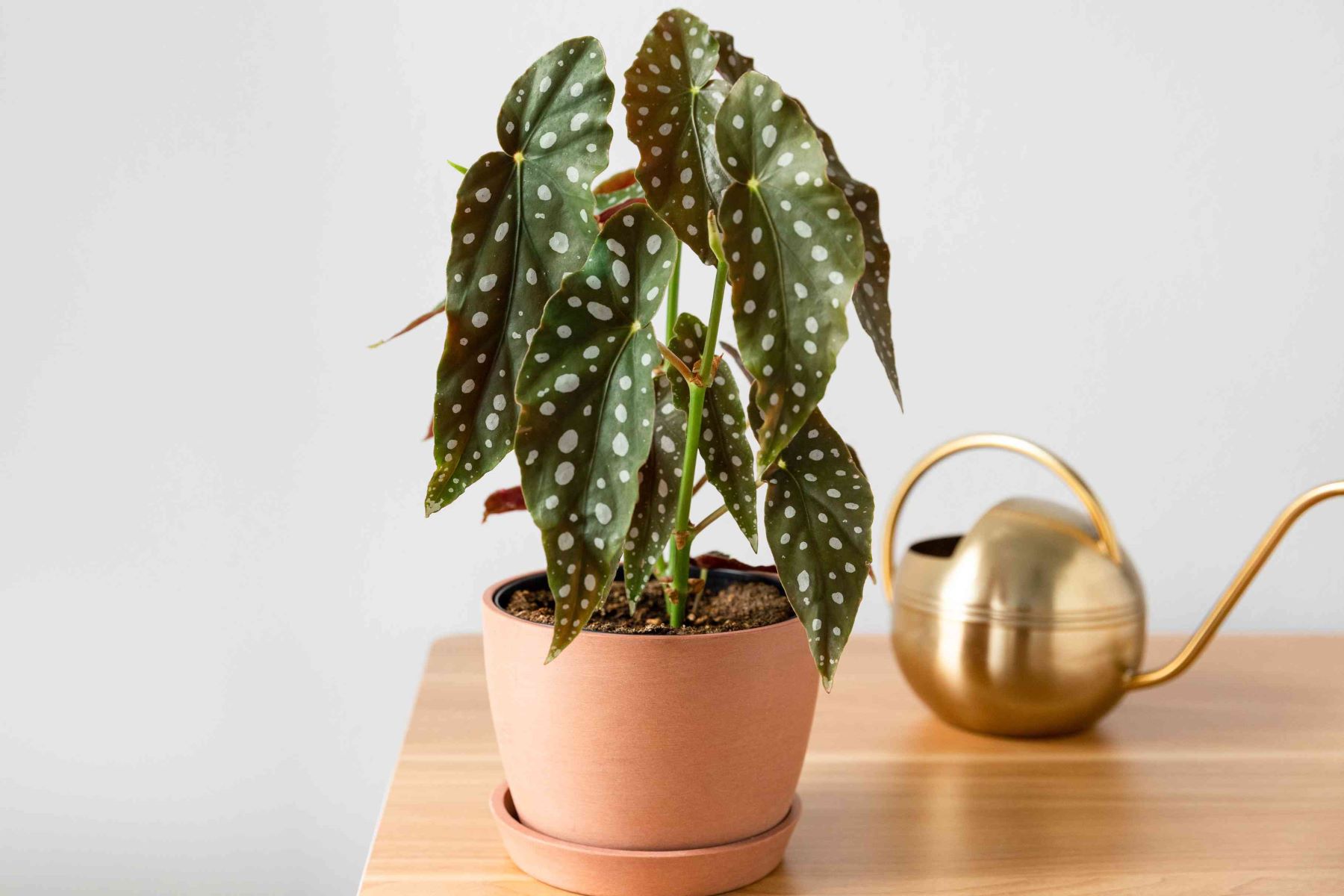

Ideas and Tips
Indoor Begonia Maculata Care and Polka Dot Begonia Guide
Published: September 3, 2024
Learn how to care for your Polka Dot Begonia with our comprehensive guide on lighting, watering, soil, humidity, and more for a thriving indoor plant.
(Many of the links in this article redirect to a specific reviewed product. Your purchase of these products through affiliate links helps to generate commission for Storables.com, at no extra cost. Learn more)
The Begonia Maculata, commonly known as the Polka Dot Begonia or Spotted Begonia, is a stunning houseplant that has captured the hearts of many plant enthusiasts. Its unique, angel wing-shaped leaves adorned with silver or white polka dots make it a standout in any indoor garden. However, caring for this beautiful plant requires attention to its specific needs, which can sometimes be challenging. In this comprehensive guide, we will delve into the intricacies of caring for your Polka Dot Begonia, ensuring it thrives in your home environment.
Origin and Appearance
The Begonia Maculata hails from the Brazilian rainforests, where it grows predominantly in the Atlantic rainforest. This region's lush environment has influenced the plant's preference for high humidity and bright, indirect light. The Begonia Maculata is part of the Begonia family, which comprises over 1,500 different plant species. Its leaves are heart-shaped with silver or white polka dots on an olive green background, and the undersides of the leaves have a deep purple hue. The plant's stems are cane-like, with joints where new leaves and flowers grow from, giving it a unique bamboo-like appearance.
Lighting Requirements
One of the key factors in caring for your Begonia Maculata is providing the right lighting conditions. This plant prefers bright, indirect light but can tolerate medium light levels. South, East, or West-facing windows are ideal for placing your Polka Dot Begonia, as they offer the necessary brightness without the risk of direct sunlight. Direct sunlight can cause the leaves to scorch and turn brown, so it's crucial to keep your plant away from direct sun exposure.
Tips for Lighting Placement
- South-Facing Windows: These windows provide the most direct sunlight, so it's best to use a sheer curtain or shade to filter the light.
- East- and West-Facing Windows: These windows offer gentle, indirect light that is perfect for Begonias.
- North-Facing Windows: While these windows receive less direct sunlight, they can still provide sufficient light for your Begonia Maculata.
Watering Techniques
Watering is another critical aspect of caring for your Begonia Maculata. The plant prefers moist soil but not soggy conditions. Overwatering can lead to root rot and yellowing leaves, while underwatering can cause the leaves to become dry and fragile. Here are some tips for watering your Polka Dot Begonia:
Watering Frequency
- Summer Months: Water your Begonia Maculata once a week during the summer months when it is actively growing.
- Winter Months: Reduce watering to once every two weeks during the winter months when the plant is dormant.
Checking Soil Moisture
To determine if your plant needs water, insert your finger into the top layer of soil. If the soil feels dry, it's time to water. If it feels slightly moist, wait another day or two before checking again.
Avoiding Overwatering
- Drainage: Ensure that the pot has good drainage holes to prevent water from accumulating in the soil.
- Watering Technique: Water your Begonia Maculata thoroughly until water drains through the pot, indicating that the soil is moist but not soggy.
Soil Requirements
The soil mixture is crucial for the health and growth of your Begonia Maculata. The plant prefers a well-aerated soil that dries slightly between waterings. Here are some tips for creating or selecting the right soil mixture:
Creating Your Own Mixture
You can create your own soil mixture by combining equal parts of regular potting mix and perlite or pumice. Alternatively, you can mix a combination of cacti soil, peat moss, perlite/pumice, and orchid bark. The key is to have an airy and light mixture that maintains equal parts of nutrient soil.
Read also: 8 Amazing Polka Dot Wall Decals For 2025
Commercial Soil Options
If you prefer using a commercial potting mix, look for one that is specifically designed for houseplants. These mixes usually contain perlite or other materials that improve drainage and aeration.
Humidity Levels
Begonias prefer high humidity levels, typically above 45%. However, they can adapt to room humidity levels between 20-50%. If you live in a dry climate, especially during the winter season, consider creating a humid dome around your Begonia Maculata using the old pebble tray trick or getting a humidifier.
Maintaining Humidity
- Grouping Plants: Grouping multiple plants together can create a humid microclimate.
- Humidifier: Using a humidifier is an effective way to maintain high humidity levels.
- Pebble Tray: Place your plant on a tray filled with pebbles and water to increase the surrounding humidity.
Temperature Range
The ideal temperature range for your Begonia Maculata is between 18°C to 30°C (65°F to 86°F). Avoid placing your plant near draughts or radiators as this can cause sudden temperature fluctuations.
Temperature Considerations
- Consistent Temperature: Maintain a consistent temperature to ensure optimal growth.
- Avoid Extreme Temperatures: Keep the temperature above 15°C (59°F) to prevent damage to the plant.
Fertilization Schedule
Fertilizing your Begonia Maculata regularly will promote healthy growth and flowering. Feed your plant with a balanced, water-soluble houseplant fertilizer every two to four weeks during the spring and summer months when it is actively growing.
Fertilizer Tips
- Diluted Fertilizer: Use a diluted fertilizer to avoid burning the roots.
- Monthly Fertilization: During the spring and summer months, fertilize your Begonia Maculata once a month.
Pruning and Shaping
Pruning and shaping your Begonia Maculata can help maintain its appearance and encourage bushy growth. Pinch off the growing tips in the summer to encourage branching and prevent the stems from becoming too leggy.
Pruning Techniques
- Pinching Tips: Pinch off the tips of the stems to encourage branching.
- Pruning Stems: Prune stems that have grown too tall in late autumn when the plant is done flowering.
Repotting Schedule
Repotting your Begonia Maculata annually in the spring is recommended. This helps refresh the soil and provide a larger pot if necessary. However, avoid increasing the pot size too much as this can cause the plant to spend excess energy on its root system.
Repotting Tips
- Spring Repotting: Repot your Begonia Maculata in the spring when new growth is visible.
- Soil Refreshment: Even if you're not repotting into a larger pot, refresh the soil annually by gently loosening and removing dirt around the edges of the rootball.
Common Issues and Solutions
Despite proper care, your Begonia Maculata may still encounter some common issues. Here are some solutions to these problems:
Brown Tips or Edges
Brown tips or edges on the leaves can be caused by a lack of humidity or the type of water used. If you've given adequate humidity and still experience brown edges, try using distilled water or rainwater if possible. If not, filtered water may help prevent the tips from going brown.
Yellowing Leaves
Yellowing leaves can indicate overwatering. Check that the soil is not soggy and allow it to dry out slightly between waterings. If the stems near the soil are soggy and show signs of rot, it's time to repot the plant in fresh soil.
Fungal Diseases
Fungal diseases like Botrytis Cinerea (grey fine mould) and Powdery Mildew (white, powdery patches) can affect your Begonia Maculata. Ensure good air circulation around the plant to prevent these diseases. Remove any infected leaves and flowers, and prune out any infected shoots to reduce the risk of new infection in spring.
Blackleg
Blackleg is caused by a fungus called Pythium and is characterized by black, water-soaked stems at the base of the plant. Unfortunately, there is no effective treatment for this problem. It's best to remove the plant and its soil, avoid adding it to your compost, and wash the plant pot thoroughly before reusing it.
Propagation
Begonias are relatively easy to propagate using stem cuttings. Here’s how you can propagate your Begonia Maculata:
Propagation Steps
- Choose Healthy Stems: Select healthy stems with at least two nodes.
- Cuttings: Cut the stems just below a node using a clean knife or pruning tool.
- Rooting Medium: Place the cuttings in a rooting medium like perlite or vermiculite.
- Watering: Water the cuttings thoroughly until they are moist but not soggy.
- Humidity: Maintain high humidity around the cuttings by covering them with a clear plastic bag or using a humidifier.
- Waiting Period: Wait for 2-4 weeks for roots to develop before transplanting into individual pots.
Toxicity
The Begonia Maculata is toxic to both humans and pets if ingested. The stems and leaves can cause oral irritation, and most toxins are found in the roots. Keep your plant out of reach of children and pets to avoid any potential harm.
Conclusion
Caring for your Begonia Maculata requires attention to its specific needs regarding lighting, watering, soil, humidity, temperature, fertilization, pruning, and repotting. By following these guidelines and being aware of common issues and solutions, you can ensure that your Polka Dot Begonia thrives in your indoor garden. Remember that every plant is unique, so observe your plant closely and adjust its care accordingly. With proper care and attention, your Begonia Maculata will reward you with its stunning appearance and vibrant growth.
By following this comprehensive guide, you'll be well-equipped to provide the best possible care for your Begonia Maculata, ensuring it remains a beautiful and thriving addition to your indoor garden.
Was this page helpful?
At Storables.com, we guarantee accurate and reliable information. Our content, validated by Expert Board Contributors, is crafted following stringent Editorial Policies. We're committed to providing you with well-researched, expert-backed insights for all your informational needs.
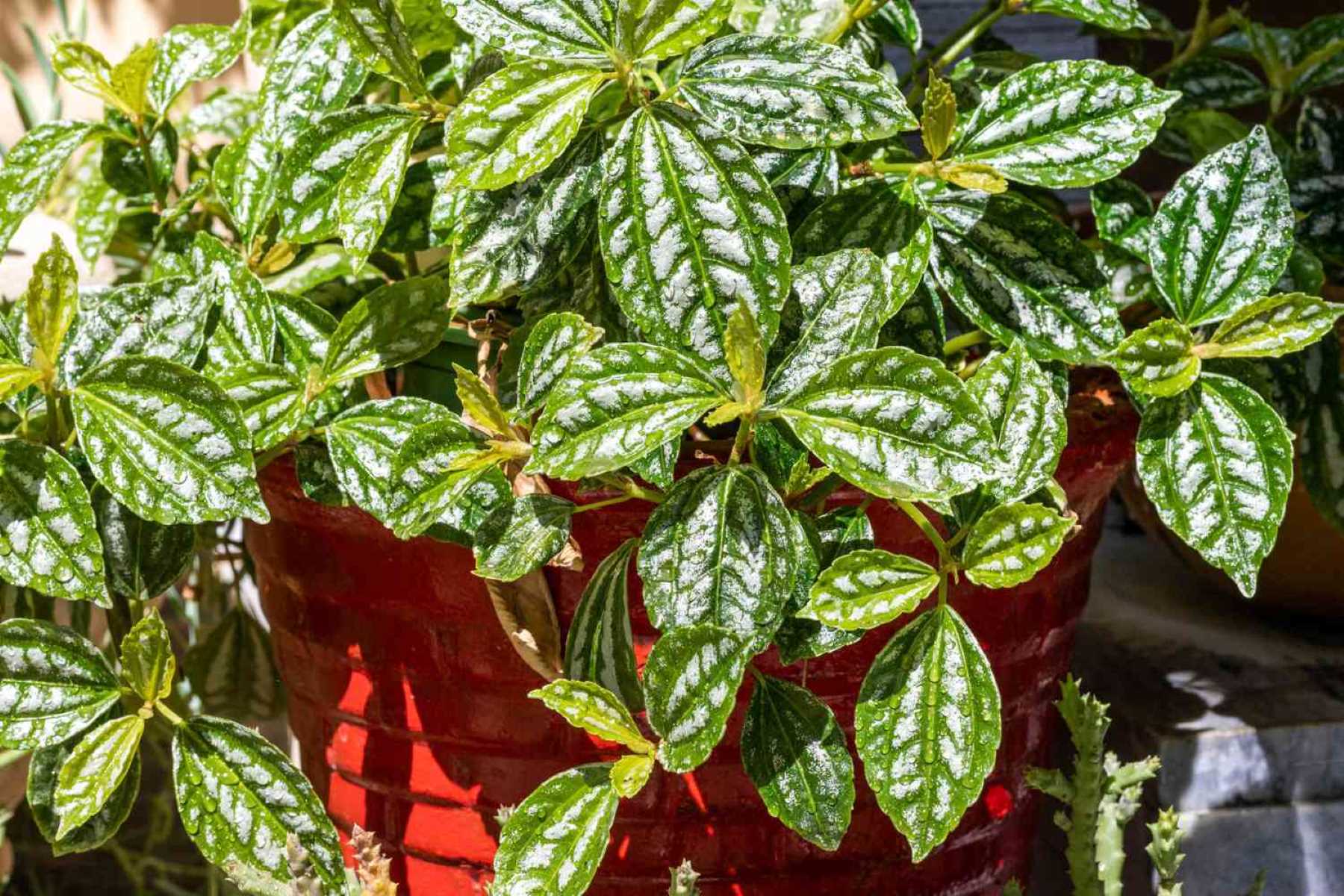
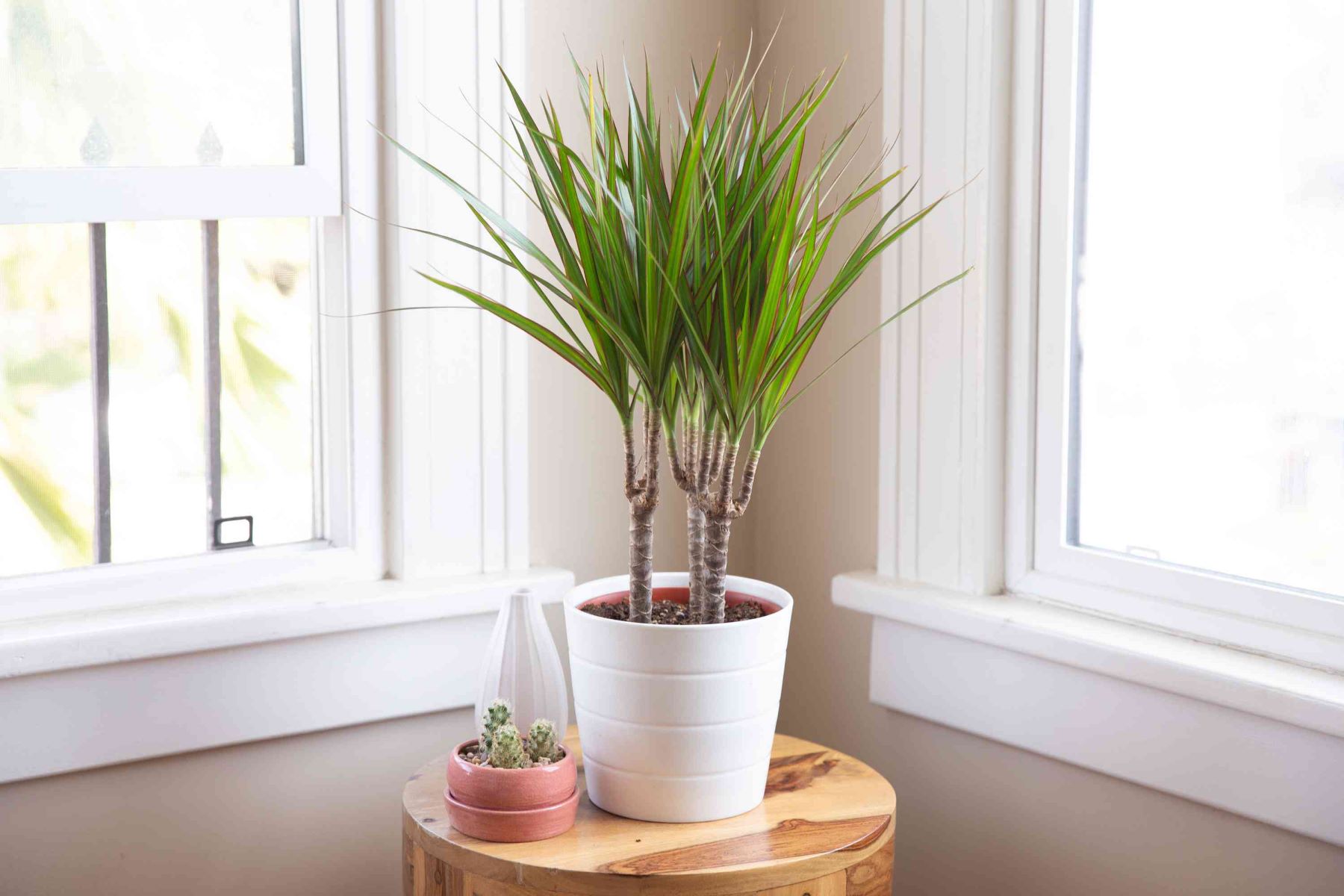
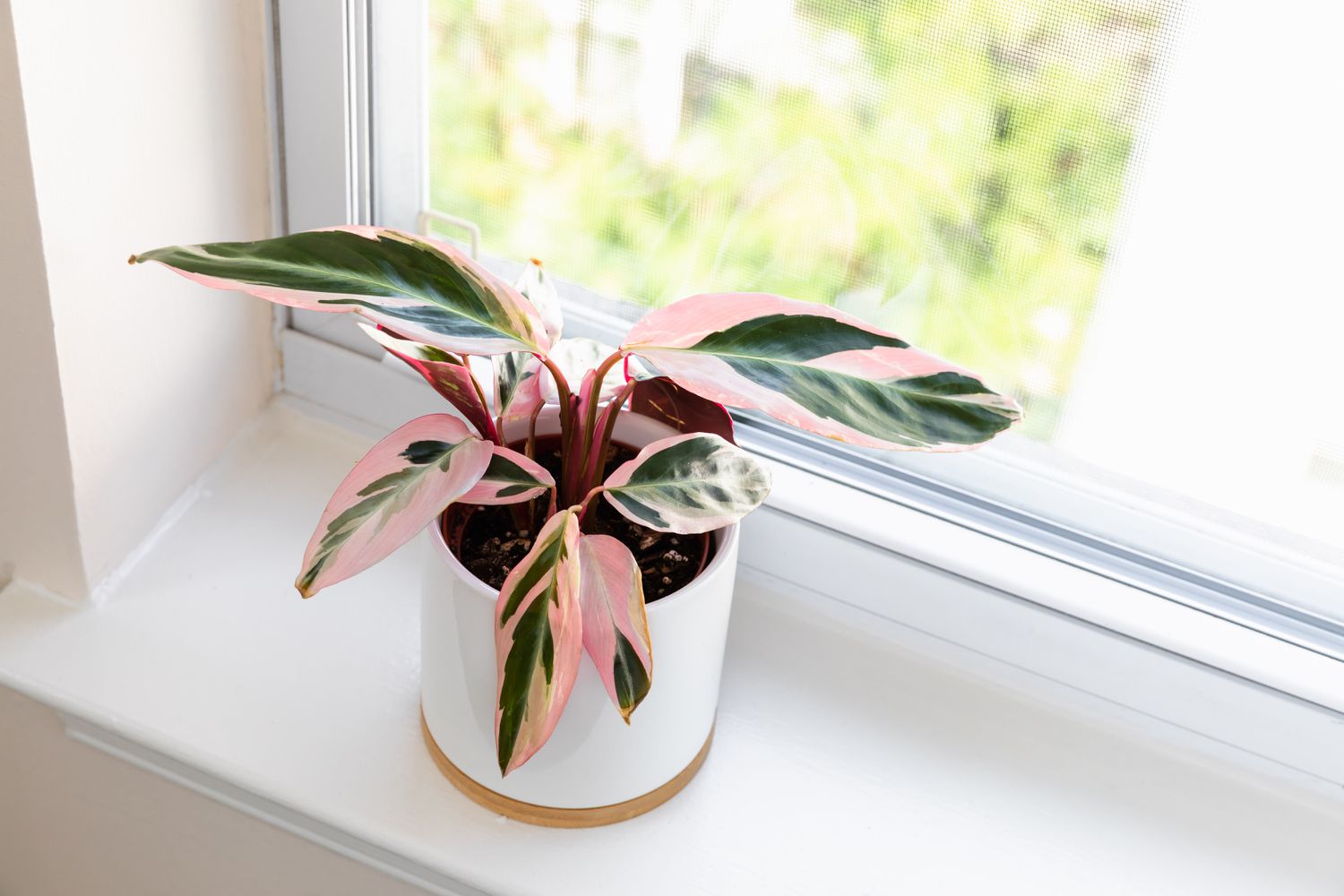
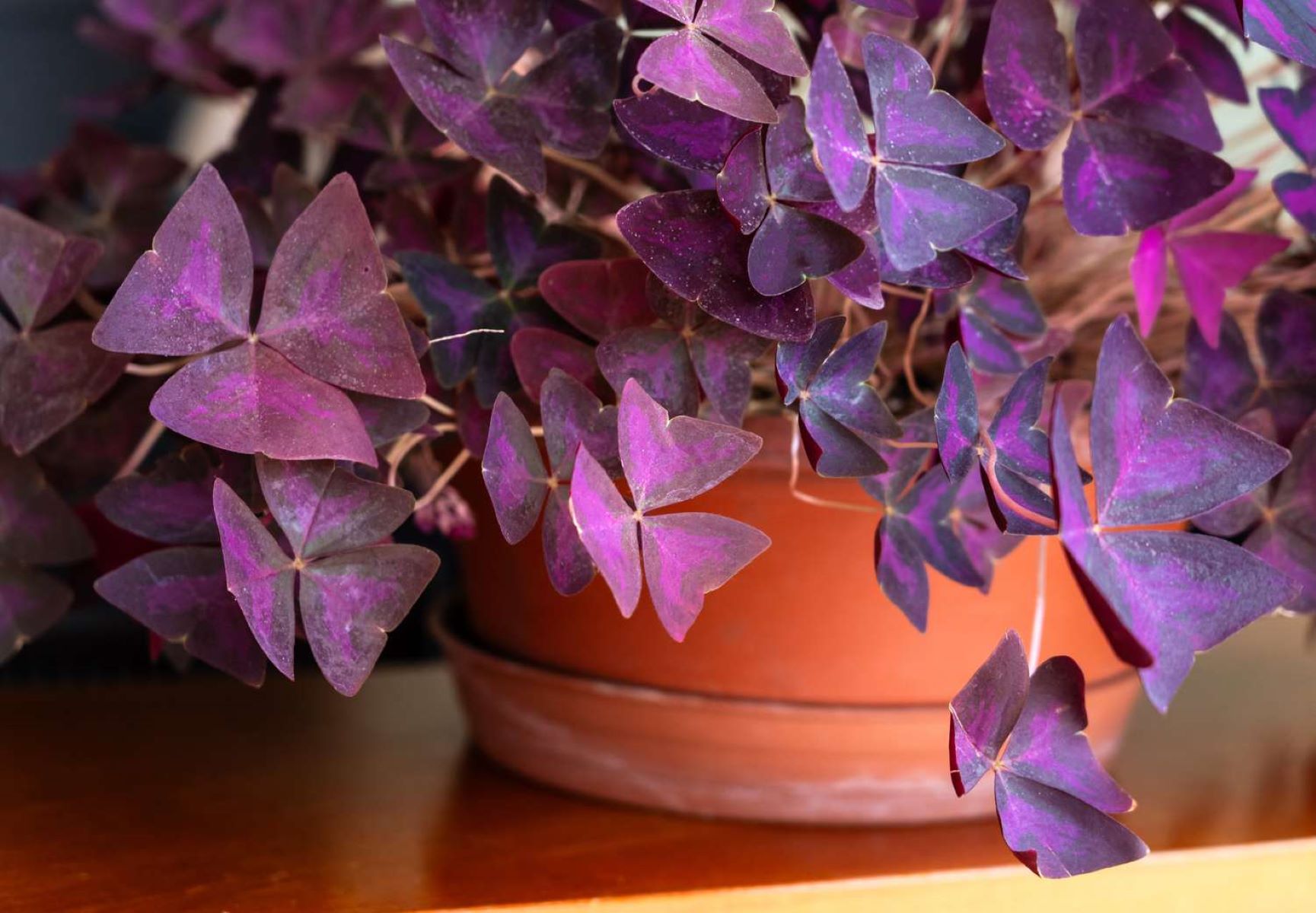
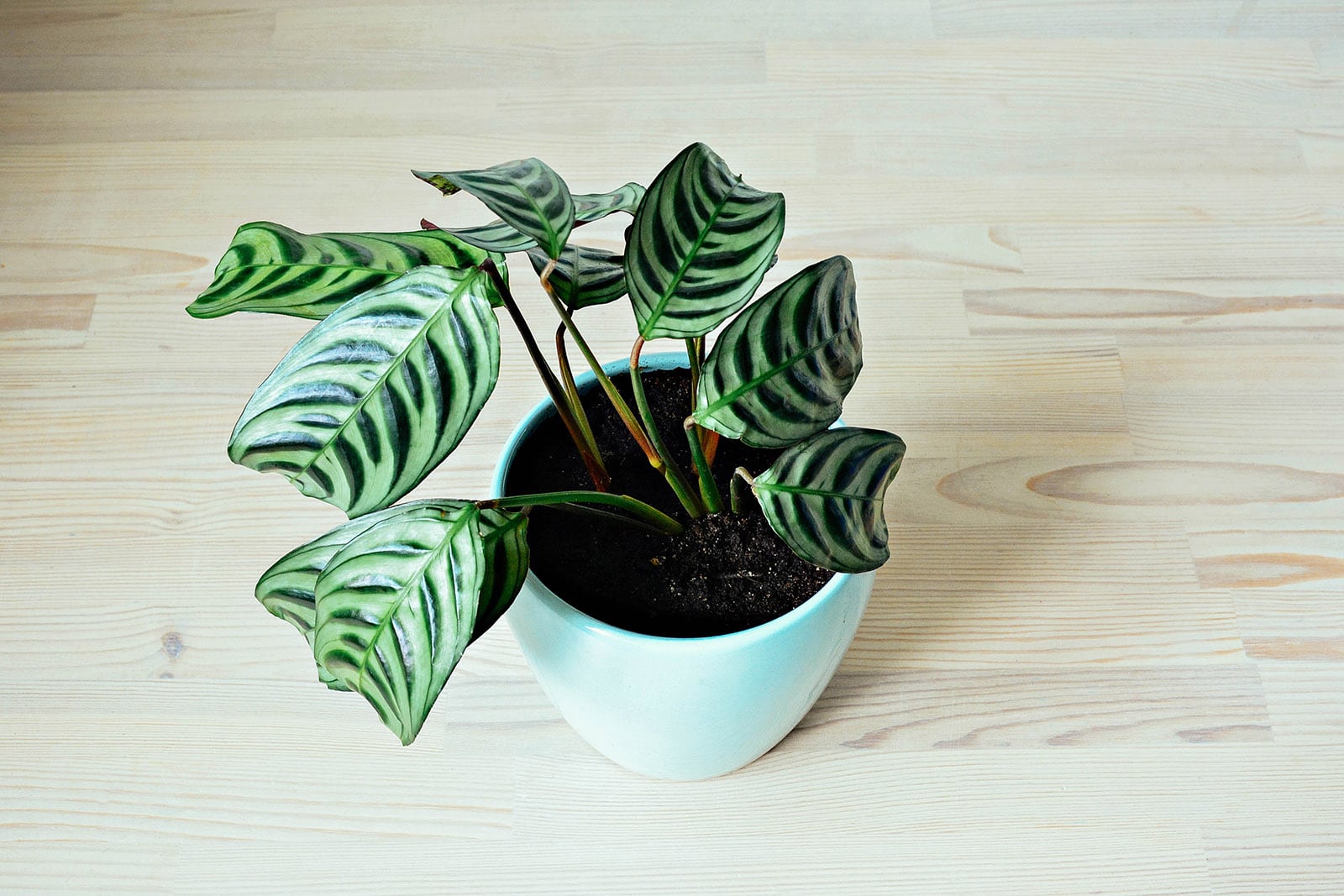
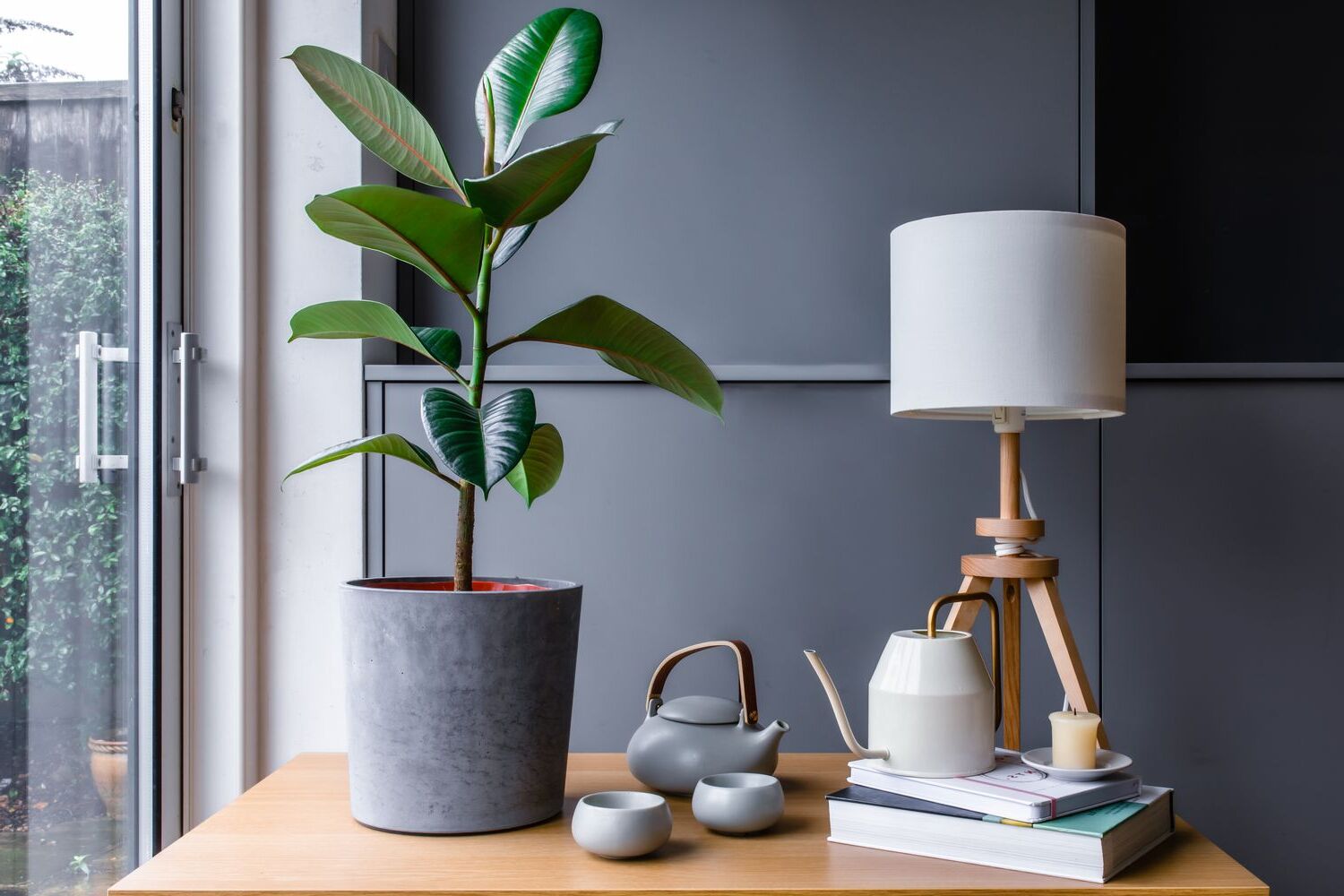
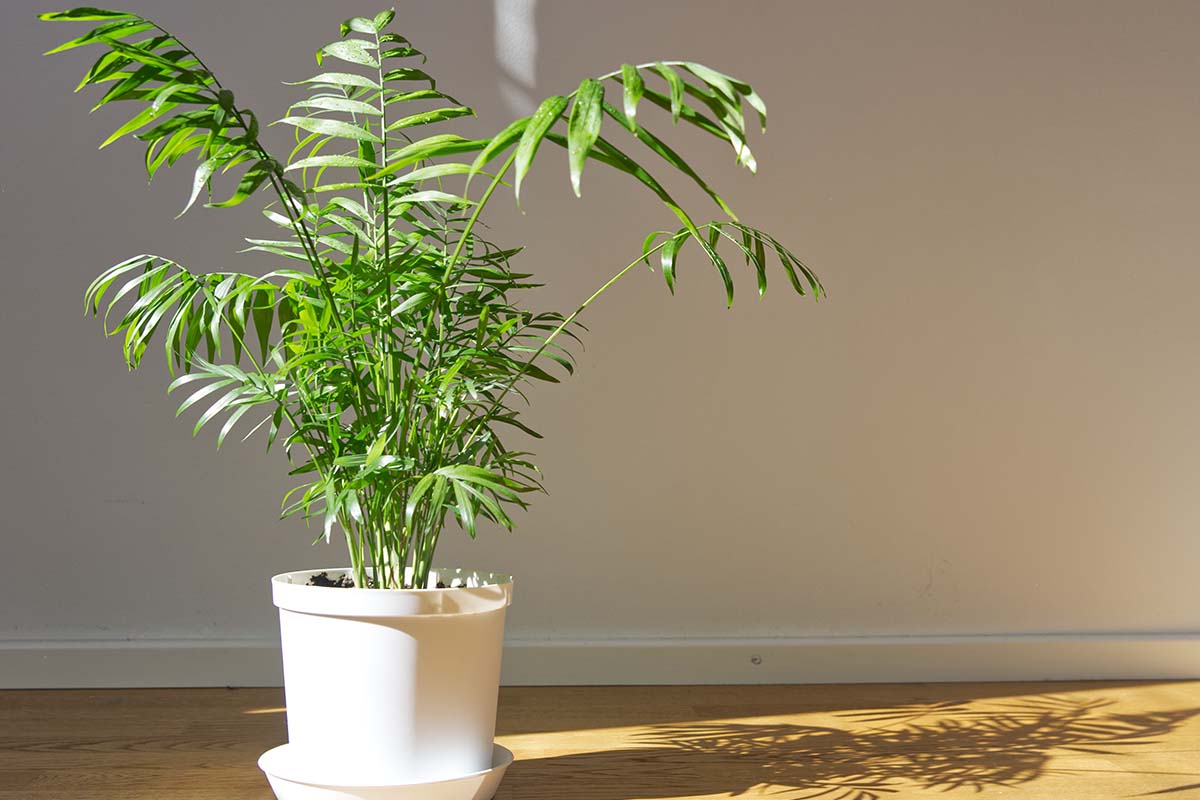

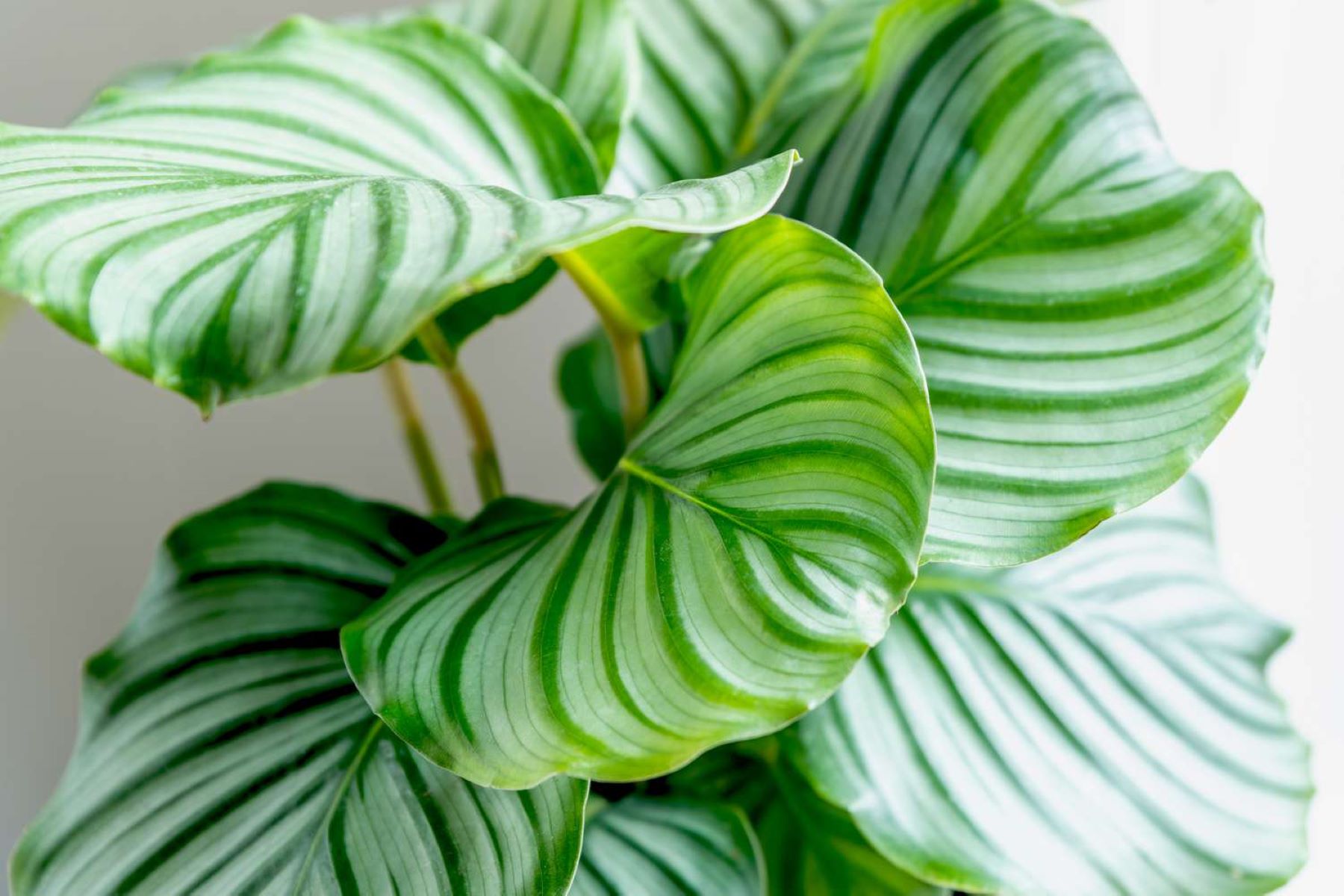

0 thoughts on “Indoor Begonia Maculata Care and Polka Dot Begonia Guide”